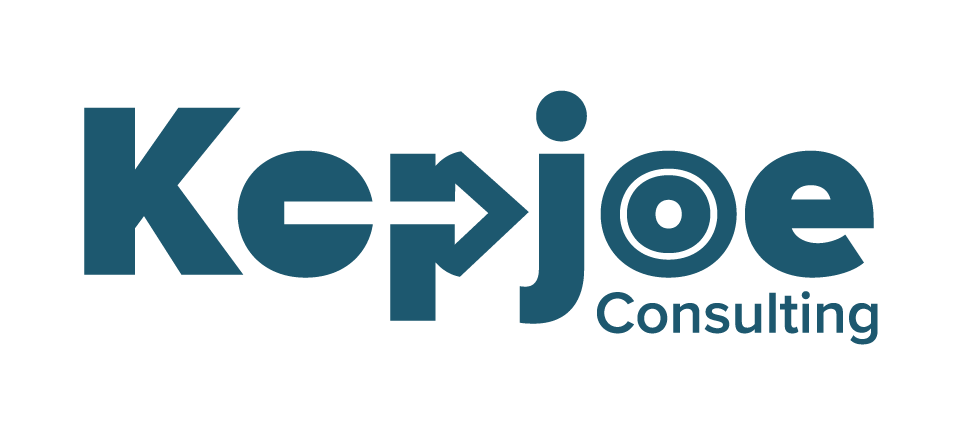Is AI Costing Your Business?
The Hidden Risks of AI
Artificial Intelligence (AI) has the potential to help your business, but it carries hidden costs and risks if not properly implemented. While AI can drive significant advancements, it is crucial to recognize that AI is a powerful tool, not a magical solution.
Proper planning, strategic alignment, and vigilant management are essential to harness AI's benefits without falling prey to potential pitfalls.
What is Artificial Intelligence (AI)?
Artificial Intelligence (AI) is the simulation of human intelligence by machines. It includes different forms that enable AI to perform tasks such as recognizing speech, analyzing data, making decisions, and generating creative content:
Machine Learning: AI systems that learn and improve from experience without being explicitly programmed.
Natural Language Processing (NLP): AI that understands and interacts with human language.
Robotics: AI-powered machines that perform tasks in the physical world.
Generative AI: AI that creates new content such as text, images, or music based on the data it has been trained on.
AI is undoubtedly changing the way we live and work. However, there are significant obstacles to integrating AI. What’s the best way to use this technology? And how can you use it in a way that’s both ethical and meets your business’s goals?
The rush to adopt AI without a clear strategy or understanding its implications can often lead to unforeseen pitfalls—ranging from inflated costs to security vulnerabilities and operational inefficiencies. Keep reading to explore the hidden dangers of AI.
The Allure and the Risks of AI Adoption
The promise of AI is alluring: the ability to automate complex tasks, derive quick insights from vast amounts of data and create intelligent systems that can learn and adapt. Yet, without proper planning, AI implementations can quickly become a double-edged sword.
Here are some of the most common pitfalls we see:
1. Increased Costs
One of the most significant risks of misapplied AI is the escalation of costs. Businesses often do not pay attention to the comprehensive resources required for successful AI implementation until the AI project fails. Hidden expenses can arise from:
Data Preparation and Management: AI systems rely on high-quality, well-organized data. The labor-intensive task of cleaning and preparing data can consume time and financial resources.
Infrastructure Upgrades: AI models often require specialized hardware and software, necessitating substantial planning and investment in new infrastructure or upgrades to existing systems.
Ongoing Maintenance: Post-deployment AI systems require continuous monitoring and updates. Businesses need to account for these ongoing expenses to avoid unanticipated budget overruns.
Insufficient Processes: Do you know your business processes? AI can only enhance efficiency when a business has a thorough understanding and well-defined structure of its existing processes. There are potential risks and challenges associated with not fully understanding or documenting business processes, which can lead to inefficiencies and obstacles in AI implementation.
2. Security Vulnerabilities
AI can introduce new security vulnerabilities if not properly managed:
Data Privacy: AI systems often handle sensitive PII or HIPAA data. Inadequate measures to protect this data can lead to breaches, resulting in financial and reputation damage.
Adversarial Attacks: Malicious actors can exploit weaknesses in AI models to manipulate outcomes or gain unauthorized access, posing significant risks to business operations and data integrity.
3. Operational Inefficiencies
Implementing AI without aligning it with your business objectives can result in inefficiencies:
Misalignment with Business Goals: The only way AI can support your business objectives is when you have a clear strategy. Without a clear strategy, your efforts will be disjointed and AI will fail to deliver the expected results
Overcomplicated Processes: AI solutions can sometimes add unnecessary complexity to processes rather than simplifying them, which can frustrate employees and decrease productivity.
Looking for real-world impact of these pitfalls? Here are some issues with AI we’ve seen in past clients:
Case Study 1: A Healthcare Provider’s Breach
A healthcare provider implemented AI to enhance patient care through predictive analytics. However, insufficient attention to data privacy and security led to a serious breach:
The AI system inadvertently exposed sensitive patient information due to inadequate access controls.
The breach resulted in significant financial penalties and damage to the provider’s providers.
This example underscores the critical importance of incorporating comprehensive security measures into any AI initiative.
Case Study 2: A Healthcare Company's Cost Overrun
A health-based business decided to implement an AI system to optimize its supply chain. However, due to inadequate planning, the project’s costs spiraled out of control:
Initial estimates failed to account for the extensive data cleansing required.
Additional expenditures on specialized hardware and software far exceeded the original budget.
The ongoing costs of maintaining and updating the AI system were overlooked in the planning phase.
Ultimately, the company found itself in a position where the cost savings generated by AI were outweighed by the expenses incurred in its deployment and maintenance.
Conclusion
The potential of AI is undeniable, but so too are the risks of its misapplication. By understanding these risks and taking proactive steps to mitigate them, businesses can harness AI’s full potential in a safe and cost-effective manner.
If you’re looking to explore the benefits of AI while minimizing risks, reach out today so you can begin receiving the expertise and insights needed to achieve success with AI.

